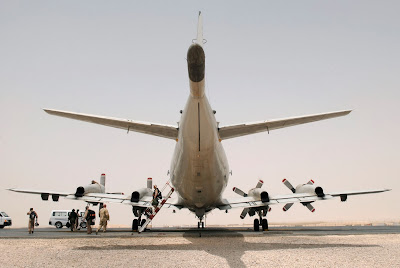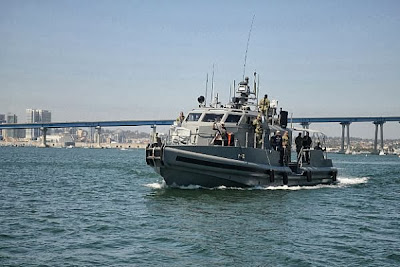2013: The Year in Sea Drones
What was the most significant development in unmanned naval systems for 2013? Blog readers weighed in on this question and more during our survey. Winning by a landslide, with 71% of the responses, was the successful carrier catapult shots and "traps" (arrested landings) of Northrop Grumman's X-47B. ALANTIC OCEAN (Nov. 9, 2013) The experimental X-47B Unmanned Combat Air System Demonstrator (UCAS-D) conducts an arrested landing aboard the aircraft carrier USS Theodore Roosevelt (CVN 71). Theodore Roosevelt is the third carrier to test the tailless, unmanned autonomous air craft's ability to integrate with carrier environment. (US Navy photo By Mass Communication Specialist Seaman Anthony N. Hilkowski/Released) In a distant second, with 19% of the vote, was the proliferation of sea-going rotary wing UAVs. The number of helicopter drones, like this Spanish Skeldar, grew throughout the world's fleets in 2013. Related to #1, the U.S. Navy's ev...



